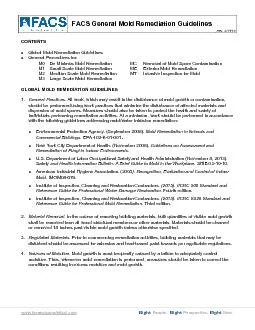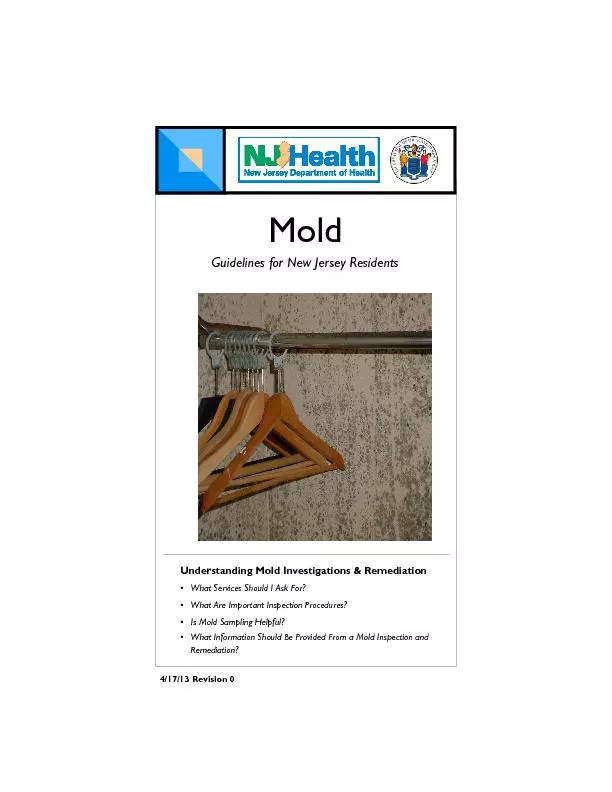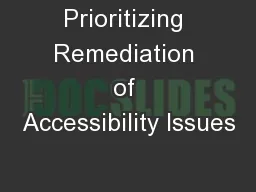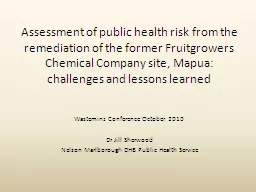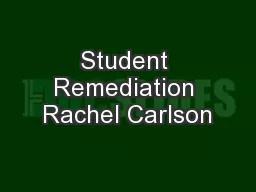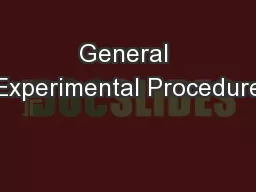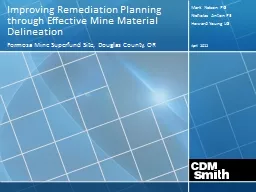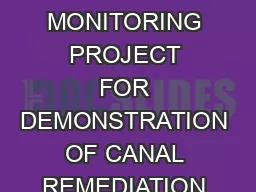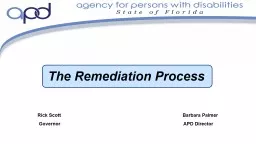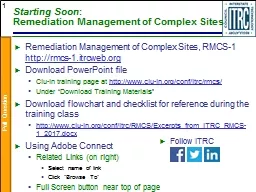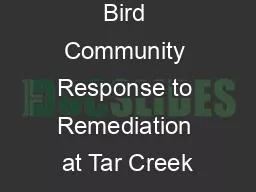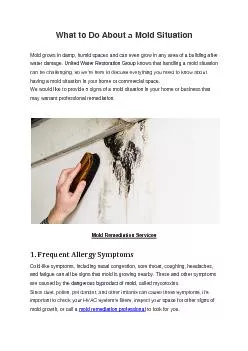PDF-FACS General Mold Remediation Guidelines
Author : adah | Published Date : 2021-06-12
Rev 314 16 wwwforensicanalyticalco RightPeople RightPerspective CONTENTSGlobal Mold Remediation GuidelinesGeneral Proceduresfor M0 De Minimus Mold Rem
Presentation Embed Code
Download Presentation
Download Presentation The PPT/PDF document "FACS General Mold Remediation Guidelines" is the property of its rightful owner. Permission is granted to download and print the materials on this website for personal, non-commercial use only, and to display it on your personal computer provided you do not modify the materials and that you retain all copyright notices contained in the materials. By downloading content from our website, you accept the terms of this agreement.
FACS General Mold Remediation Guidelines: Transcript
Download Rules Of Document
"FACS General Mold Remediation Guidelines"The content belongs to its owner. You may download and print it for personal use, without modification, and keep all copyright notices. By downloading, you agree to these terms.
Related Documents

